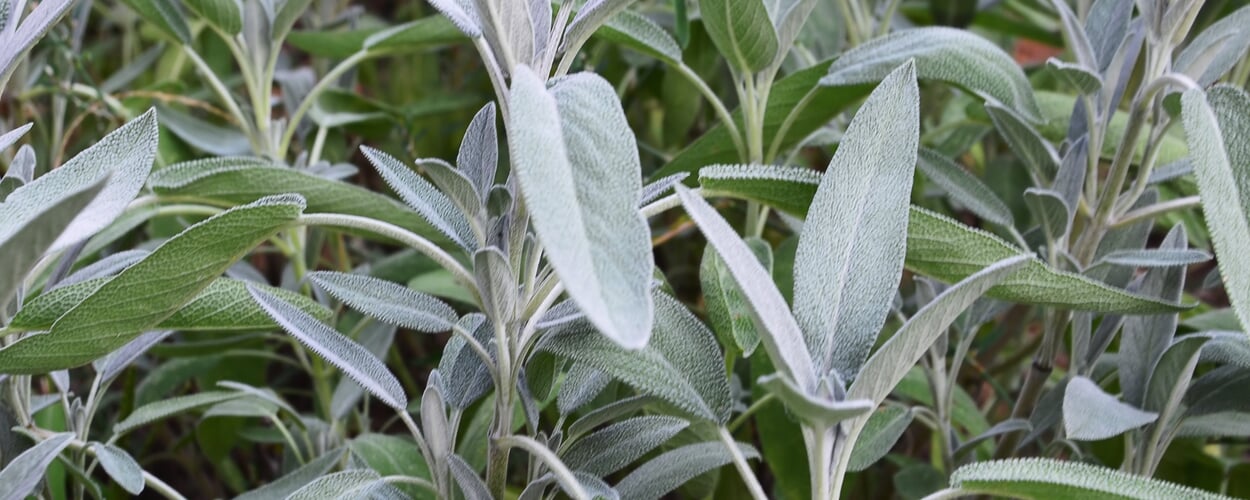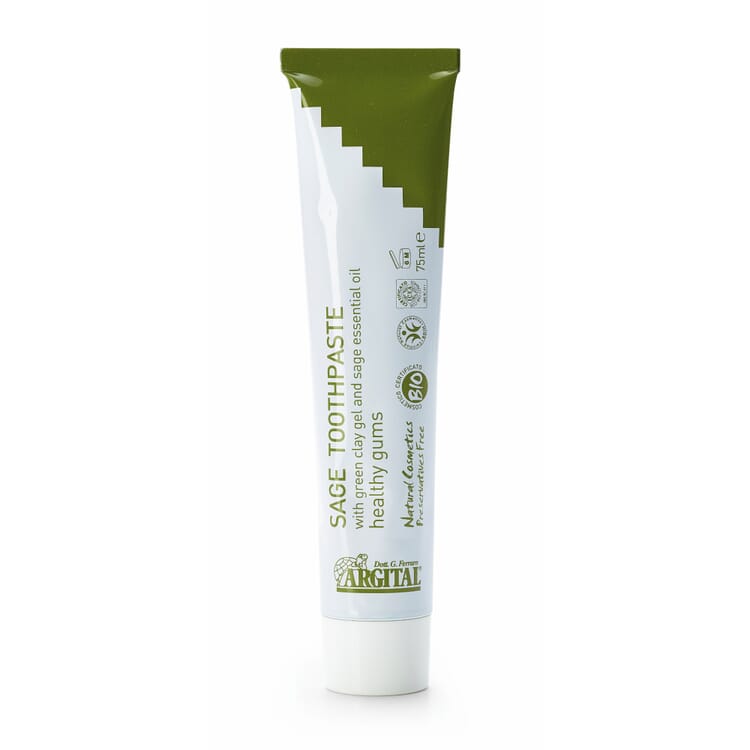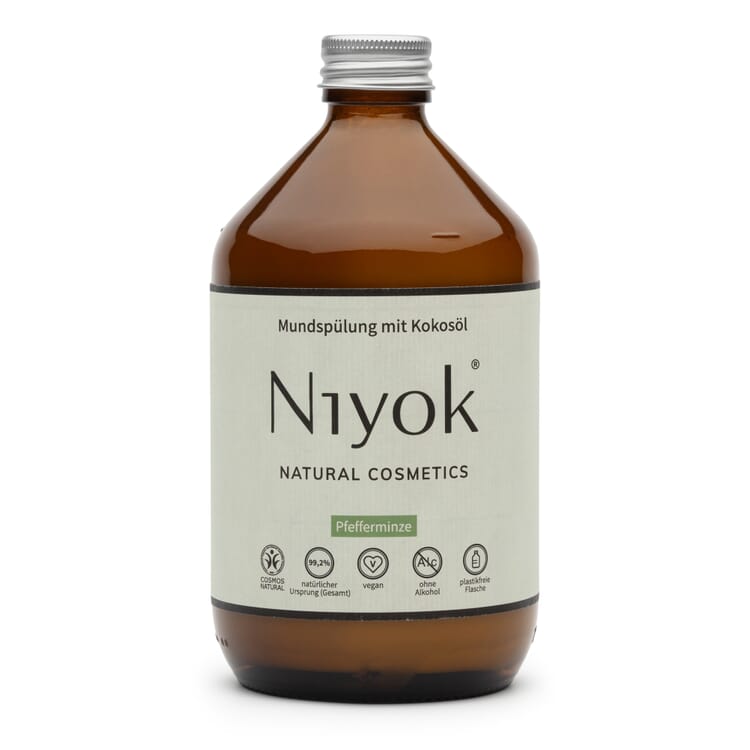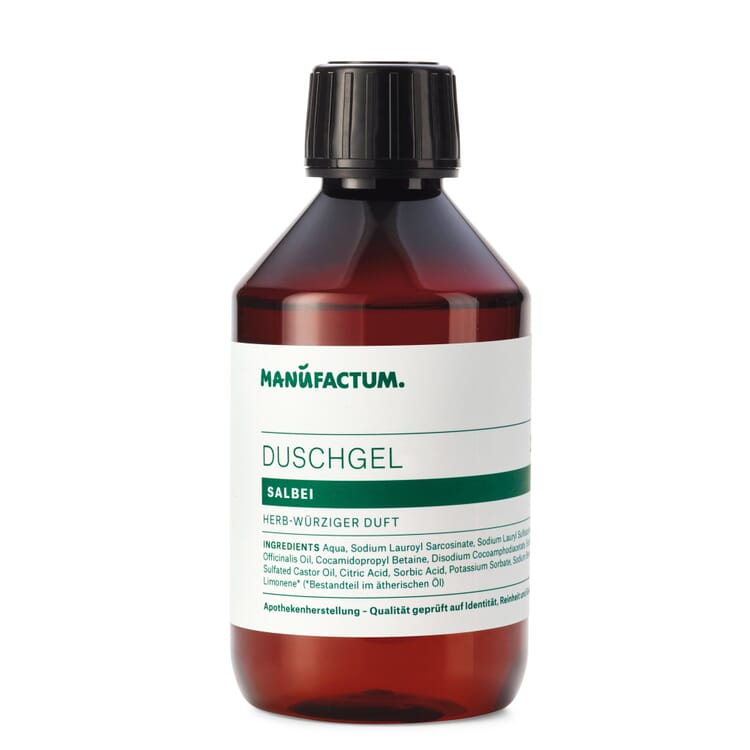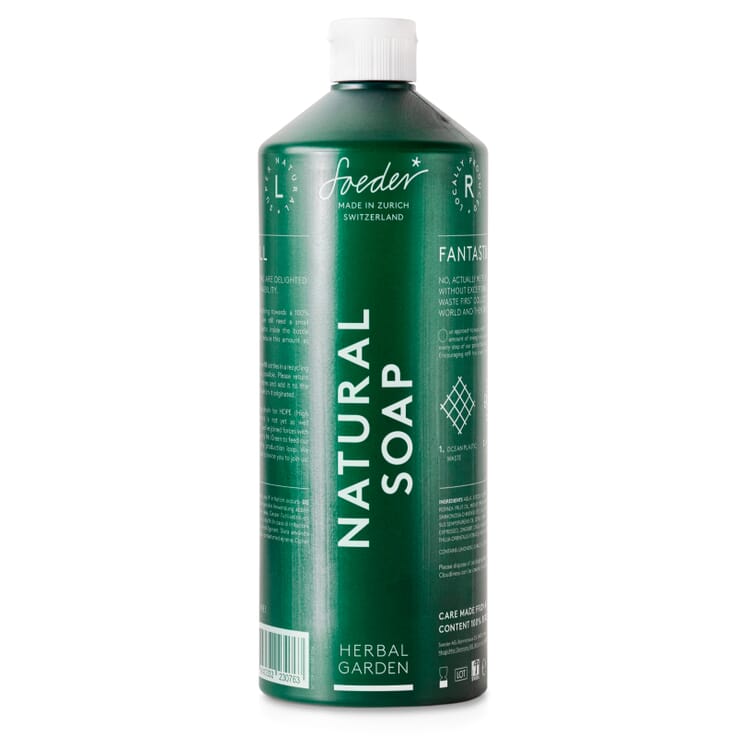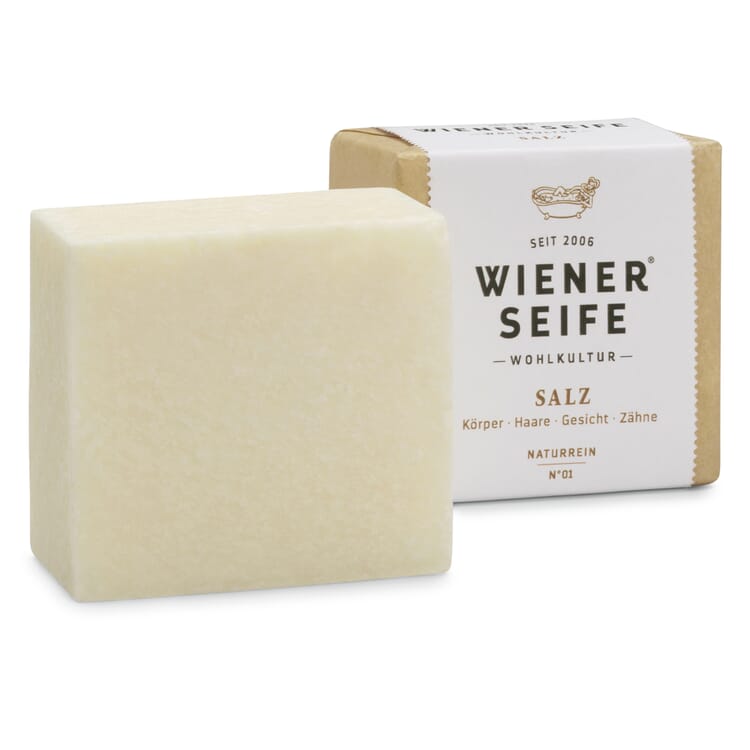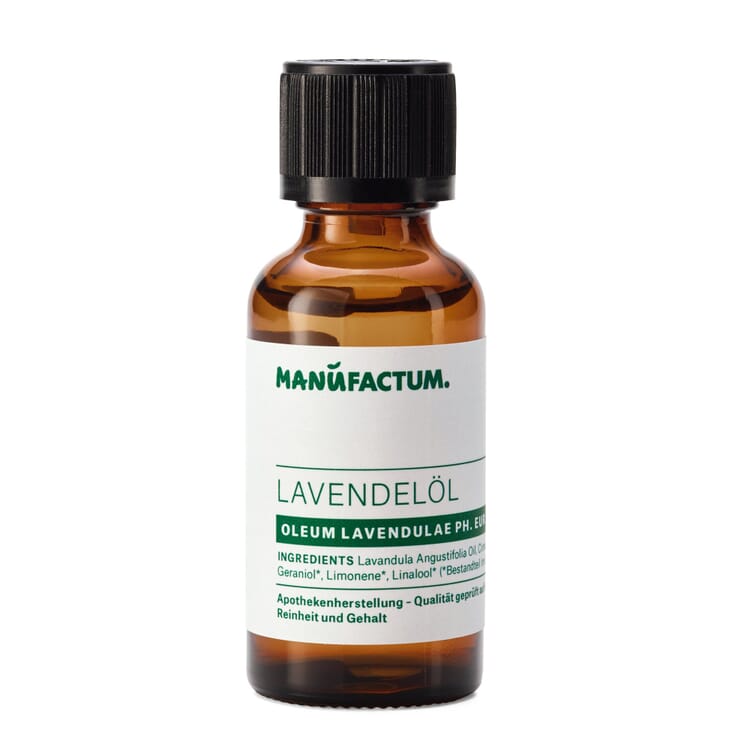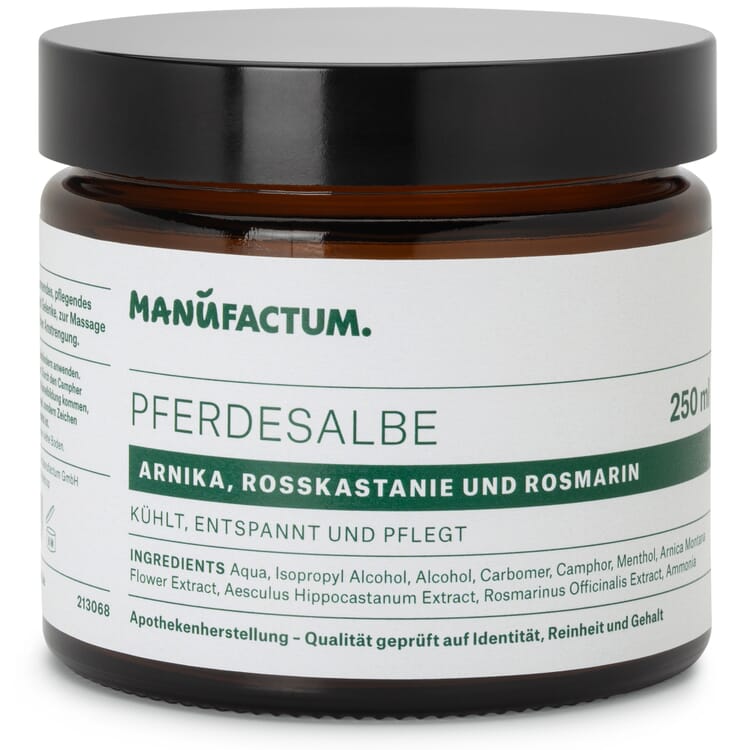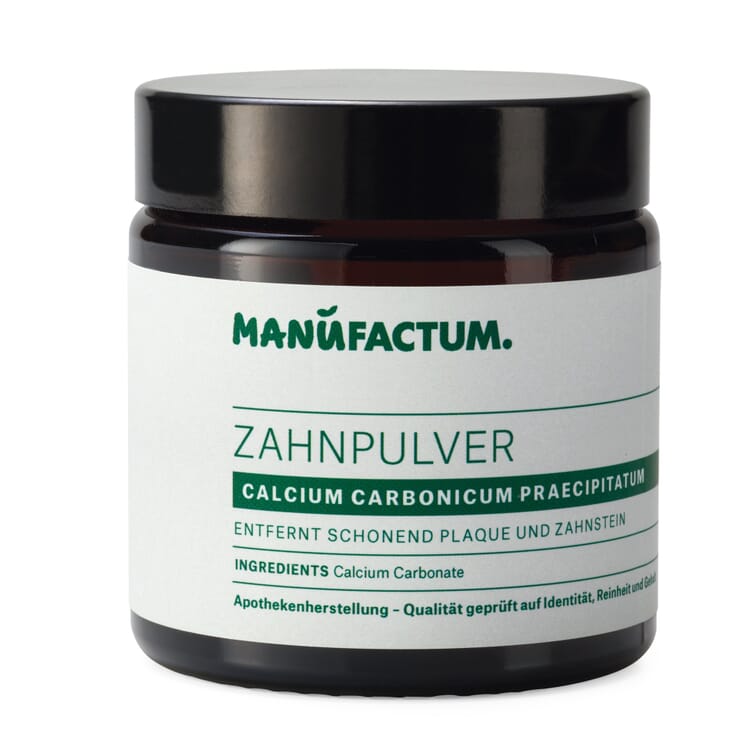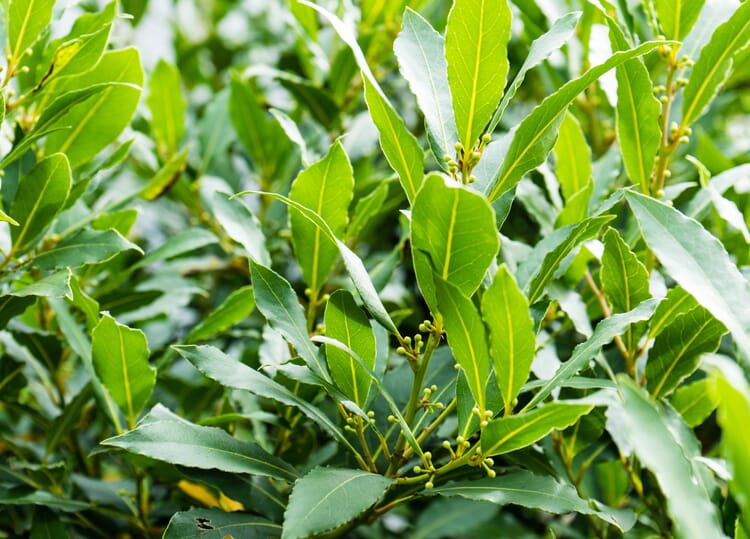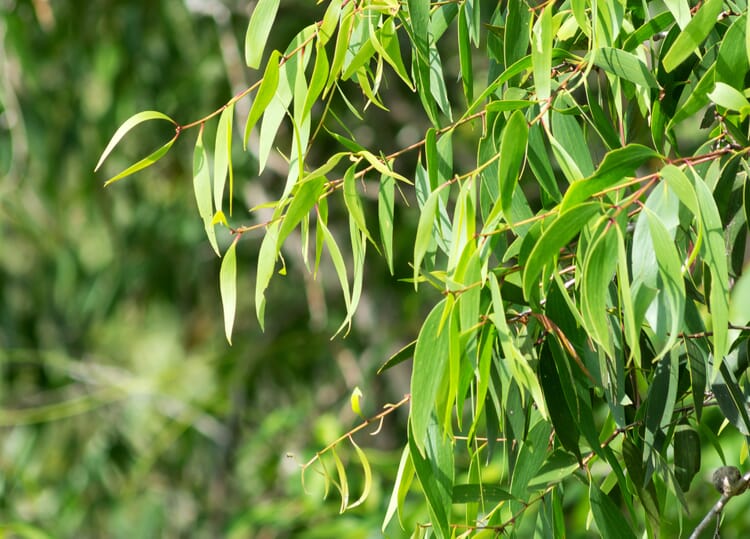Medicinal plants A|B|C
Common sage (Salvia officinalis)
The up to 80 centimeters high semi-shrub smells strongly aromatic, its silvery-green leaves stand out by their wrinkled surface and felt-like hairiness. That the Sage is one of the oldest and most effective medicinal plants, one notices already by its name: It derives from salvare, to make healthy. Sage is also used as a seasoning herb in the kitchen, even when dried, the leaves retain their aroma. The sage flowers, which appear from May to August, are also edible.
Origin and cultivation
The sage tolerates drought and likes it very sunny and warm - just as it is used to from its Mediterranean homeland. Like many other medicinal and culinary plants, sage was brought over the Alps by monks and cultivated in monastery gardens in this country. Commercial cultivation is found, for example, in Dalmatia and Macedonia, and to a lesser extent in Saxony, on the Upper and Middle Rhine and in the Harz foothills. If sage is grown in semi-shaded areas, it produces particularly high levels of essential oil, but is also more susceptible to disease and pest infestation.
Ingredients
Sage leaves contain high concentrations of tannins and bitter substances. Their astringent effect means that the mucous membranes (for example in the throat area) are no longer so easy for bacteria and viruses to pass through; small wounds close more quickly. The essential oil also contained in the leaves - with the main components thujone, cineole and camphor - has a strong antibacterial and antiviral effect. The fact that sage, in addition to all these properties, also has antispasmodic properties, makes it the ideal remedy for dry coughs and colds.
Products with sage
Use of sage
- It is not only the tart aromatic scent that makes sage a sought-after additive for many facial toners and aftershaves. It also has an excellent influence on the skin's appearance: Sage refines the pores, removes excess oil and has an antibacterial effect - with these properties, sage is also a perfect remedy for mild acne
- As a tea or gargle solution, sage unfolds its disinfecting and astringent effect on sore throats and inflammations in the mouth and throat. Used internally, it relieves non-chronic stomach problems and has a digestive effect
- The antiperspirant properties of sage help with excessive foot and underarm perspiration, as well as against hot flashes, from which many women suffer during menopause.
In 1586, the Italian botanist Matthioli wrote in his herbal book: "Rubbing the teeth and gums with fresh salvia leaves makes them stiff and clean." In fact, before toothbrushes and toothpaste existed, people rubbed their teeth with a sage leaf to freshen their breath. Today we know that this way removes plaque, kills bacteria and strengthens the gums.
Exclusive Manufactum body care products
Recommended Topics
German Chamomile has been growing as a cultural companion near settlements, for example, along the edges of fields and on fallow land, since the late Stone Age. Early on, it also found a place in farm and monastery gardens as one of the most important medicinal herbs. The entire plant exudes the typical scent of chamomile, its leaves are multipinnate and feathery in appearance. From May to September, the flowers appear with a white corona and a yellow center, which becomes more and more bulging as the flowering period increases.
View moreThe bay laurel belongs to the laurel family and grows as a multi-stemmed evergreen shrub up to 15 meters high. There are many other species of plants called laurel, but they belong to other plant families; the only thing they have in common is that their leaves also have an aromatic smell. The leaves of the true laurel have a shiny surface and a slightly wavy edge. Its bright yellow flowers appear from May to July, and the fruits are blue-black shiny berries.
View moreThe more than 600 species of eucalyptus are native to Australia and eastern Indonesia. With heights of up to 100 meters, some species of the evergreen and mostly fast-growing trees are among the largest on earth. The blue-green, leathery leaves are still ovate on young trees, later forming crescent-shaped, drooping forms. The feathery flowers are protected by a tight lid before they bloom, hence the name: in Greek, "eu" means good and "kalyptos" means hidden.
View more
